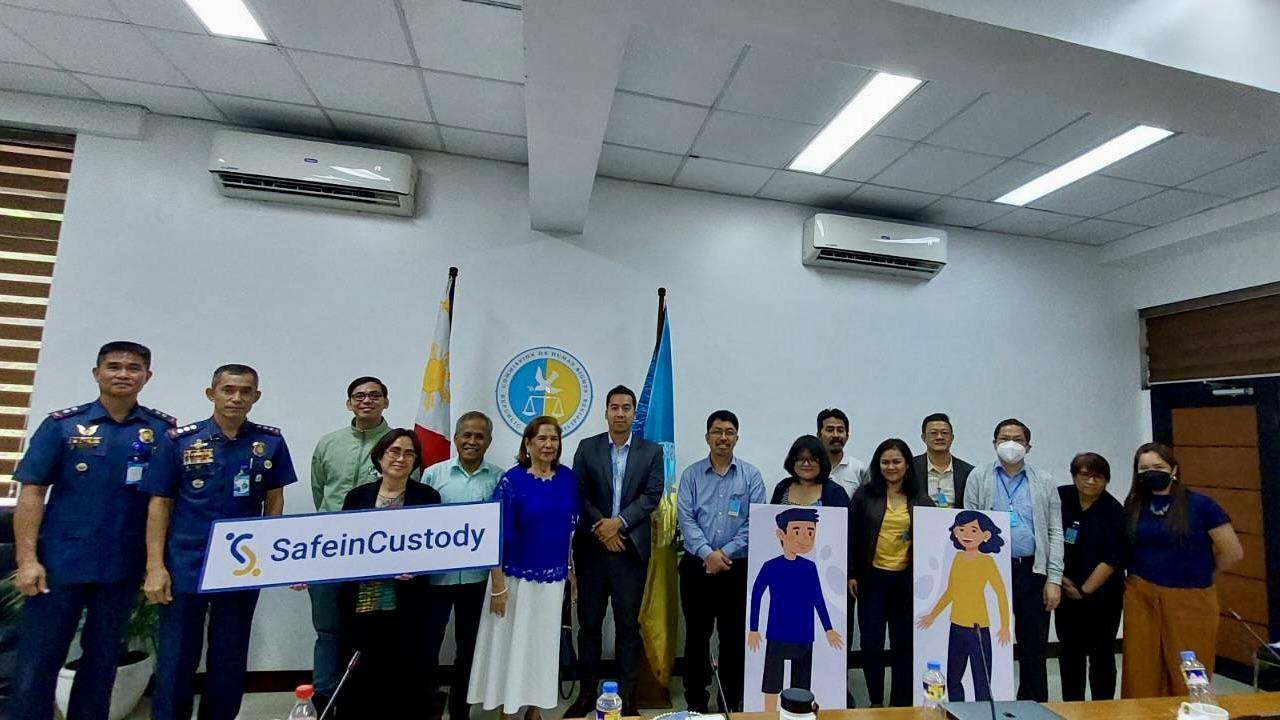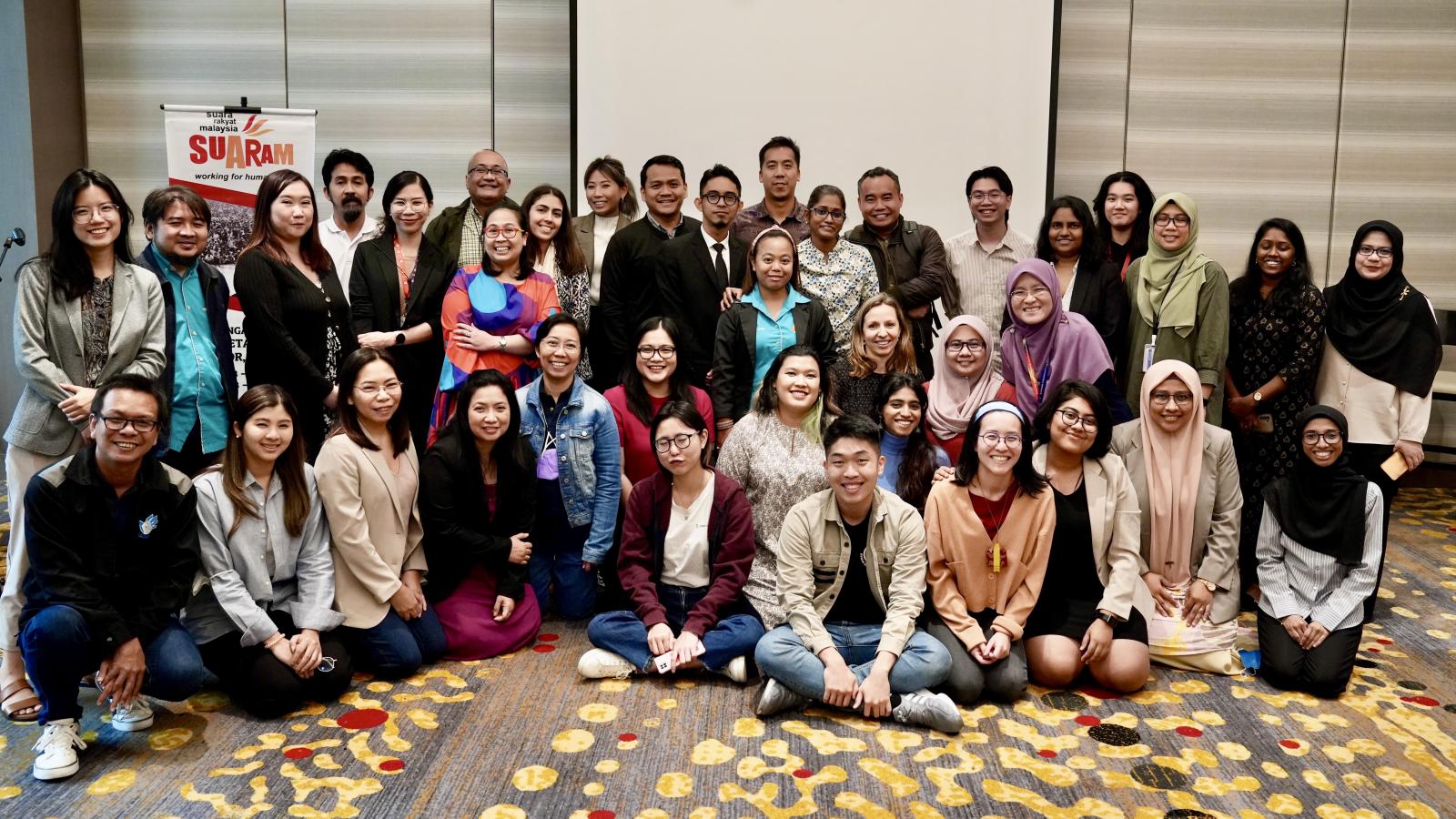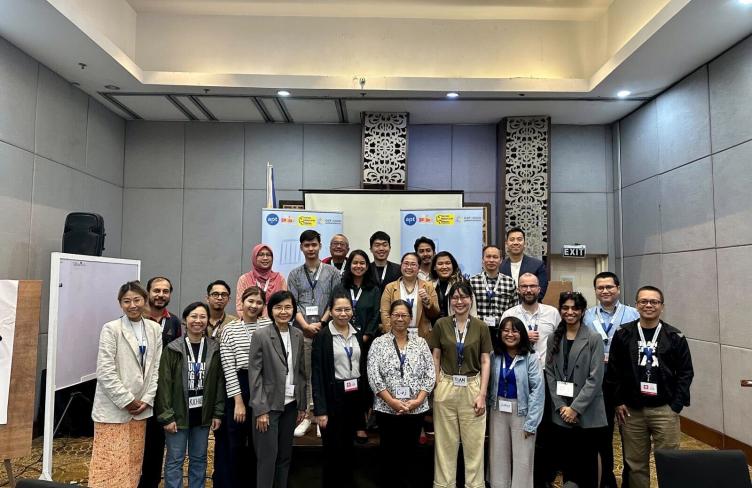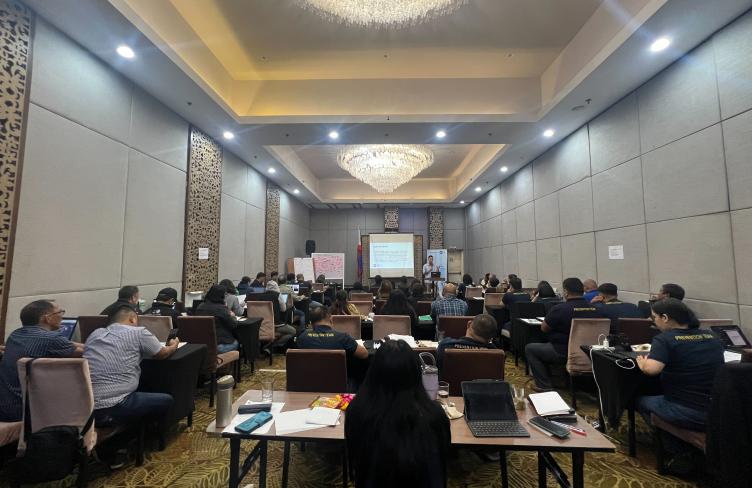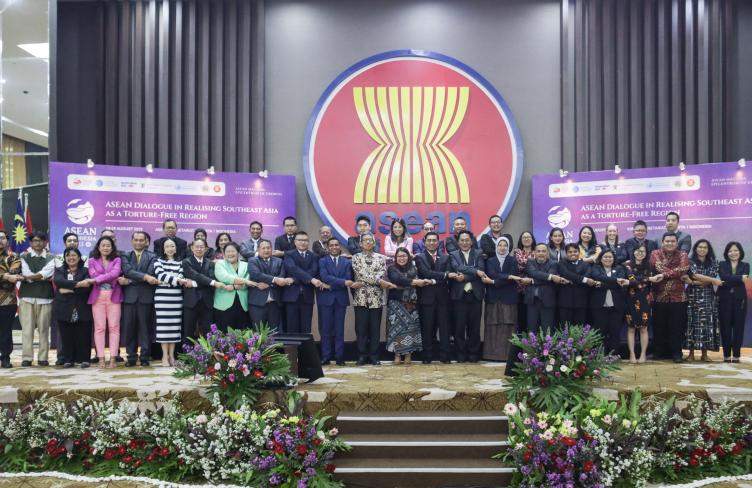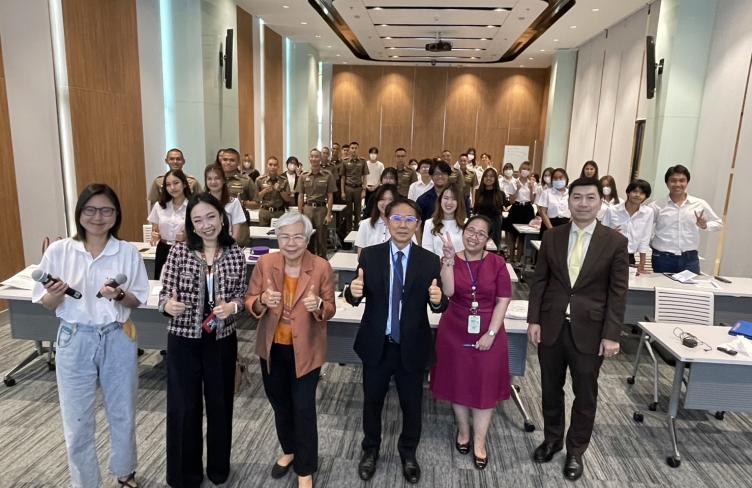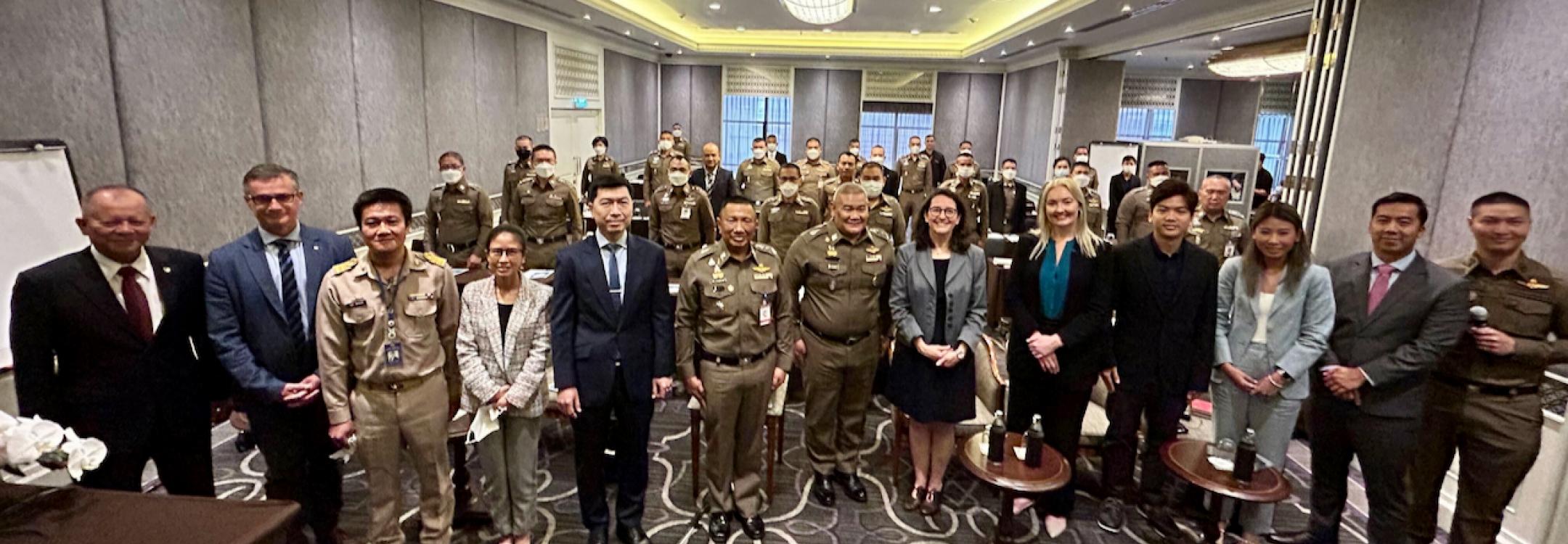
Applying this good practice
1. Identify and empower influential Individuals
Identifying and empowering individuals who can advocate for and implement good practices in their communities is a foundational step to foster support for torture prevention. These leaders play a crucial role in facilitating peer-to-peer exchanges and championing new initiatives and approaches. By ensuring the transfer of knowledge, skills, and experiences in practical and relatable ways, they leaders can foster a community of informed and proactive advocates against torture.
Through the #SafeInCustody project, we were able to identify local champions in Thailand, Malaysia, and the Philippines who shared our vision. This allowed us to advance our work on supporting the Thai Royal Police Cadet Academy in their efforts to move away from interrogation to effective interviewing practices, as well as host a seminar with Malaysian criminal justice actors and conduct roundtable dialogues with government and civil society representatives in the Philippines.
We have now reached a point where, across Thailand, Malaysia, and Philippines, there is a network of local champions across government, civil society and national human rights institutions, who are well-versed on torture prevention. We have been able to partner civil society with government agencies to work on initiatives that would not otherwise have happened. This network of motivated and enthusiastic leaders will continue to drive the prevention of torture through sharing knowledge and support.
2. Create platforms for ongoing knowledge exchange and dialogue
Creating and supporting platforms for ongoing knowledge exchange and dialogues is essential to maintain momentum for torture prevention efforts. Champions equipped with diverse approaches and innovative solutions can adapt successful strategies to their local contexts more effectively.
These leaders can also be empowered when there are opportunities for them to share their knowledge and insights with others. For example, in the Philippines, where the national human rights institution already has a detention monitoring programme, we hosted a workshop for knowledge exchange on detention monitoring with the national human rights institutions of Thailand and Malaysia, as well as civil society partners from those countries. This exchange helped broadened the understanding of all participants and also created momentum to advance detention monitoring initiatives in different country contexts. In Thailand, for example, the National Human Rights Commission established an “NPM Initiative Unit” to explore how it can monitor places of detention as part of its torture prevention mandate. This was a direct result of the #SafeInCustody project creating a platform for knowledge exchange.
These platforms should not be dynamic, evolving to incorporate new insights and methodologies. Our approaches ranged from introductory seminars, workshops, webinars and even creating messaging groups for local torture prevention champions to have direct peer-to-peer contact. Through these different interactions, individuals and organisations can stay connected, share the latest developments in torture prevention and the maintain momentum that has been generated through the #SafeinCustody project.
Ideas for action
1. Identify torture prevention champions
Action: Identify and empower influential individuals to advocate for and implement good practices in their communities.
How: Identify respected figures within the law enforcement, government and human rights communities who can champion the cause of effective interviewing and torture prevention. Provide them with the resources and support they needed to lead by example, such as training materials, access to expert networks, and opportunities for public presentations. Encourage these champions to organise local seminars, workshops, and training sessions to engage with their peers and superiors. By leveraging the credibility and influence of key individuals, you can drive dialogue, support and implementation of good practices.
2. Facilitate knowledge sharing networks
Action: Create and maintain platforms for ongoing exchange of knowledge and good practice among practitioners.
How: Host webinars, online forums and discussion groups where law enforcement officials, human rights communities and other stakeholders can share insights and experiences. Organise conferences or workshops on a regular basis to bring together participants from different regions and sectors.
3. Promote dialogue and public awareness
Action: Facilitate or participate in public dialogues and awareness raising on torture prevention and effective interviewing.
How: Organise public forums, panel discussions, or community dialogues on important dates, such as the International Day in Support of Victims of Torture (26 June). Use these events to bring together stakeholders from government, law enforcement, civil society, and the public. Remember that changing attitudes and practice is a long-term process. Consistency and perseverance is key.





